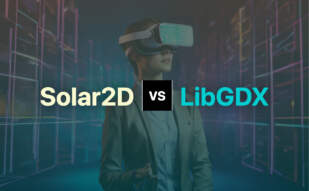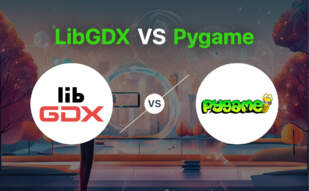For developers prioritizing cross-platform compatibility and extensive control, LibGDX is the optimal choice. Its mature ecosystem, deep feature set, and fine-tuned control outmatch Love2D. However, Love2D shines for quick 2D game prototyping and provides a low-entry barrier with Lua scripting.
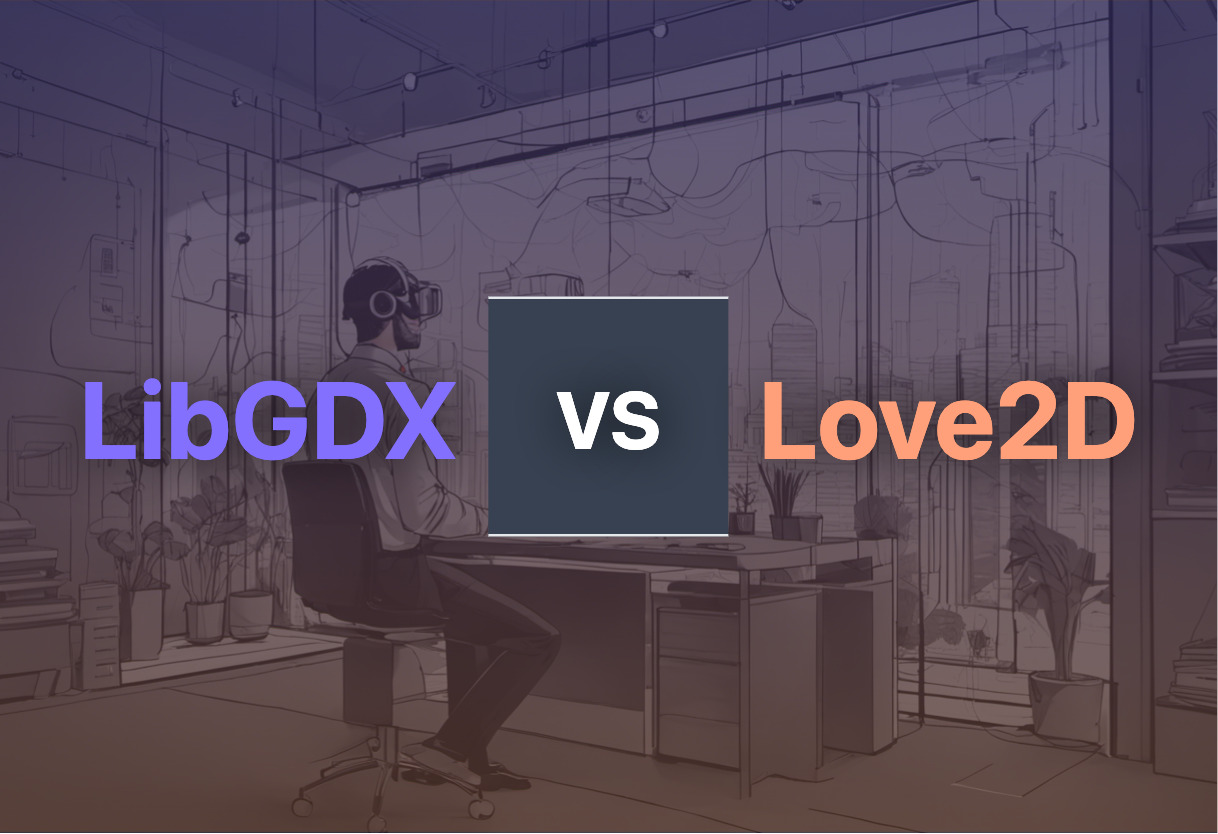
Key Differences Between LibGDX and Love2D
- Environment: LibGDX is JVM-based, Love2D uses Lua.
- Features: LibGDX offers more extensive features, including 3D physics, in-app purchases and game service integrations.
- Community Support: Both have solid communities, but LibGDX has a larger presence.
- Scope: Love2D is better for simplistic 2D games, while LibGDX covers from simple 2D games to more complex 3D and VR applications.
| Comparison | LibGDX | LÖVE |
|---|---|---|
| Language Written | Java | C++ |
| API | Unified API for cross-platform | No Unified API |
| Rendering | OpenGL ES 2.0/3.0 | OpenGL and SDL libraries |
| Supported Platforms | Windows, Linux, macOS, Android, iOS, Web | FreeBSD, OpenBSD, NetBSD, Windows, Linux, macOS, iOS, Android |
| License | Apache 2.0 | zlib License |
| AdMob Integration | Yes | No |
| 2D Physics | Box2D physics | Box2D physics |
| Networking | TCP sockets, HTTP requests, WebSocket support | LuaSocket library |
| Community Support | Forums, active Discord server, detailed Wiki tutorials | Official Discord server, IRC channel, issue tracker |
What Is LibGDX and Who’s It For?
LibGDX is a powerful, unified Java game development framework, designed to render across multiple platforms—Windows, macOS, Android, iOS, Linux, and Web. With over 10 years of evolution under its belt, LibGDX has carved a niche in code-centric fine control and cross-platform functionality. It caters to developers who are keen on both sound foundation and high-level controls, well equipped with APIs that allow immersive experiences from 2D physics to 3D and VR gaming.

Pros of LibGDX
- Java framework with cross-platform targeting abilities
- Extensive third-party ecosystem
- Various features and high-level APIs
- Comprehensive support structure including active Discord server, forums, and wiki tutorials
Cons of LibGDX
- Detailed features could pose a steep learning curve for novice developers
What Is LÖVE and Who’s It For?
LÖVE is a dynamic, free open-source game framework rooted in C++. With broad platform compatibility, LÖVE specifically focuses on 2D game development, making it ideal for programmers seeking a user-friendly platform with impressive 2D capabilities. Whether you’re a software developer looking to create your first 2D game or a seasoned free-typing engine enthusiast, LÖVE is for you.

Pros of LÖVE
- Open-source and free
- Excellent codebase for 2D game development
- Community support via official Discord server, IRC channel and issue tracker
Cons of LÖVE
- Lacks power compared to Unreal, Unity
- Limited modules with no graphical interface
Code Examples for LibGDX & Love2D
LibGDX
This example displays a sprite on the screen with LibGDX. It should be run with a dedicated LibGDX setup, and a sprite image named “sprite.png” should be in the res/assets folder.
import com.badlogic.gdx.ApplicationAdapter;
import com.badlogic.gdx.Gdx;
import com.badlogic.gdx.graphics.GL20;
import com.badlogic.gdx.graphics.Texture;
import com.badlogic.gdx.graphics.g2d.SpriteBatch;
public class HelloWorld extends ApplicationAdapter {
SpriteBatch batch;
Texture img;
@Override
public void create () {
batch = new SpriteBatch();
img = new Texture("sprite.png");
}
@Override
public void render () {
Gdx.gl.glClearColor(1, 1, 1, 1);
Gdx.gl.glClear(GL20.GL_COLOR_BUFFER_BIT);
batch.begin();
batch.draw(img, 50, 50);
batch.end();
}
@Override
public void dispose () {
batch.dispose();
img.dispose();
}
}Love2D
This Love2D script creates a bouncing ball effect. It’s recommended to run this on Love2D version 11.3 or later. No additional dependencies are required.
function love.load()
-- Load ball sprite
ball = {}
ball.x = 300
ball.y = 200
ball.speed = 250
-- Load the 'floor'
floor = {}
floor.height = 50
floor.y = love.graphics.getHeight() - floor.height
end
function love.update(dt)
-- If Ball hits the floor, invert its direction
if ball.y > floor.y then
ball.y = floor.y
ball.speed = -ball.speed
end
-- Update ball position
ball.y = ball.y + ball.speed * dt
-- Get ball speed back to its original direction after bouncing
ball.speed = ball.speed - 300 * dt
end
function love.draw()
-- Draw the 'floor'
love.graphics.rectangle('fill', 0, floor.y, love.graphics.getWidth(), floor.height)
-- Draw the ball
love.graphics.circle('fill', ball.x, ball.y, 50)
endLibGDX vs Love2D: Make Your Choice
After an extensive comparison, it’s time to declare the most suitable structure for specific audience segments.
For Java Developers Seeking Cross-platform Compatibility
Considering their fluency in Java, the LibGDX turns out to be a preferable choice. The Java game development framework offers cross-platform targeting, fine-grained control, and relies on the trusted OpenGL ES for rendering. Its robust third-party ecosystem and reliable documentation offer a bedrock for sophisticated gaming applications.

For Developers Prioritizing 2D Game Development
If the goal is to focus strictly on 2D game development, Love2D does a commendable job. Written in C++, it offers vast platform support and is trusted in popular game development competitions like Ludum Dare, despite its perceived power limitations compared to Unreal or Unity.
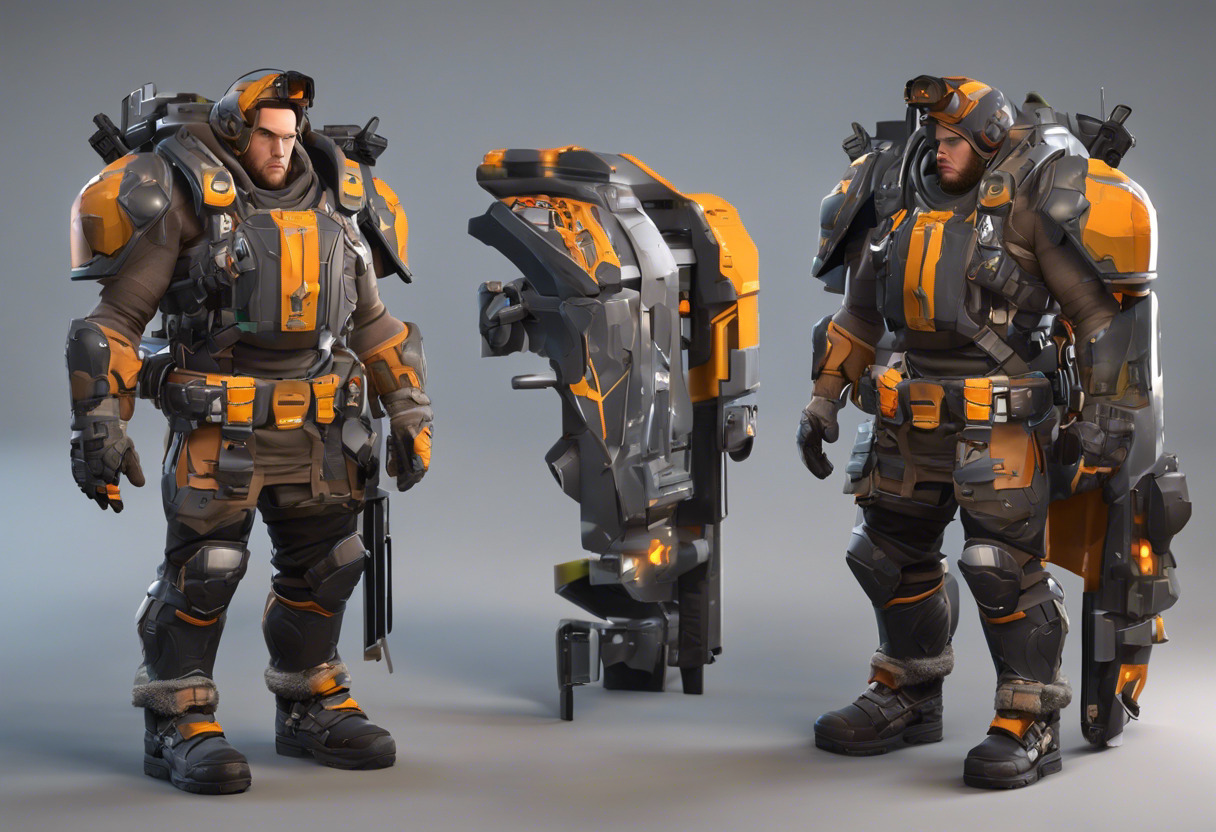
For Developers Embracing Open-Source Options
Both LibGDX and Love2D shine as open-source options, but LibGDX, licensed under the Apache agreement, seems to edge out with its 10-year long existence and the sheer breadth of features. From gesture detection to 3D physics support, to leveraging a vast array of Java ecosystem tools, this framework brings a lot to the table.
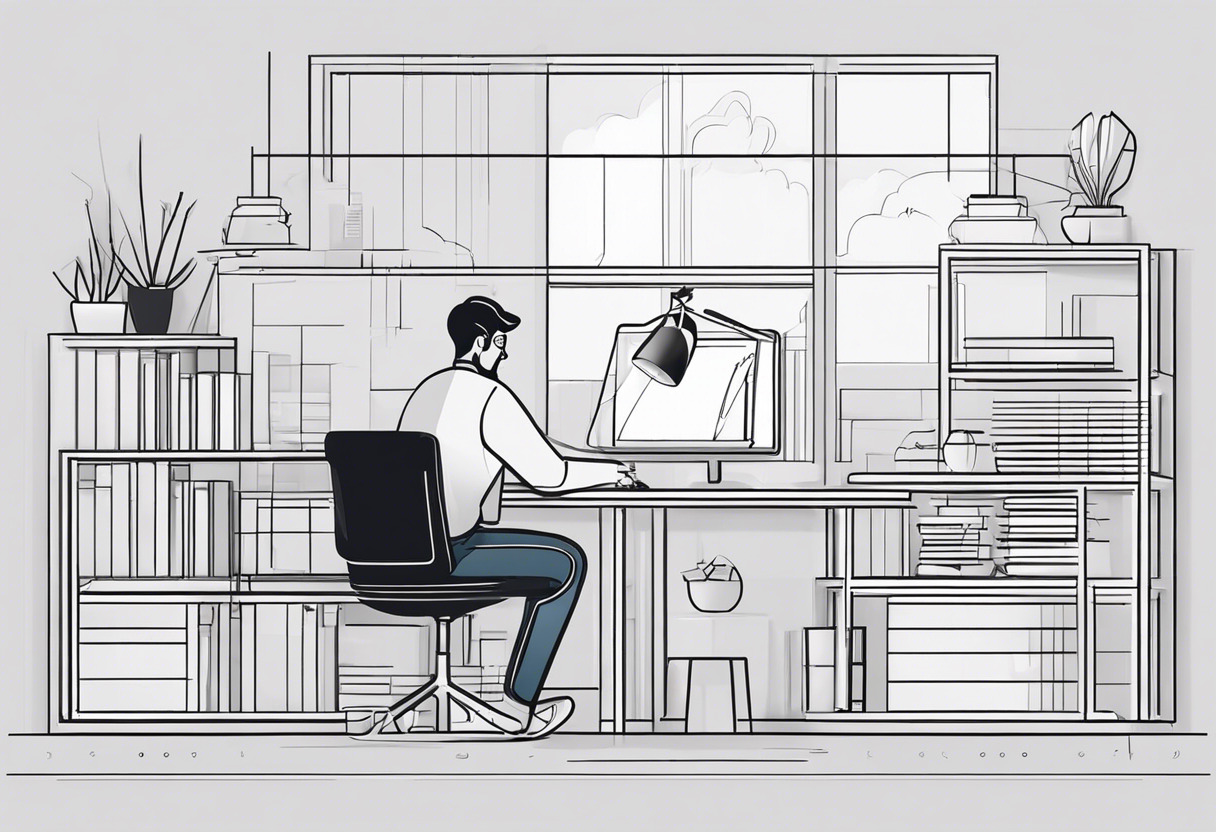
For complex, robust and cross-platform game development with Java, LibGDX dominates. However, for specific 2D game development using C++, Love2D might be the more suitable option, in spite of its power limitations when compared to larger engines.
Hannah Stewart
Content writer @ Aircada, tech enthusiast, metaverse explorer, and coffee addict. Weaving stories in digital realms.




